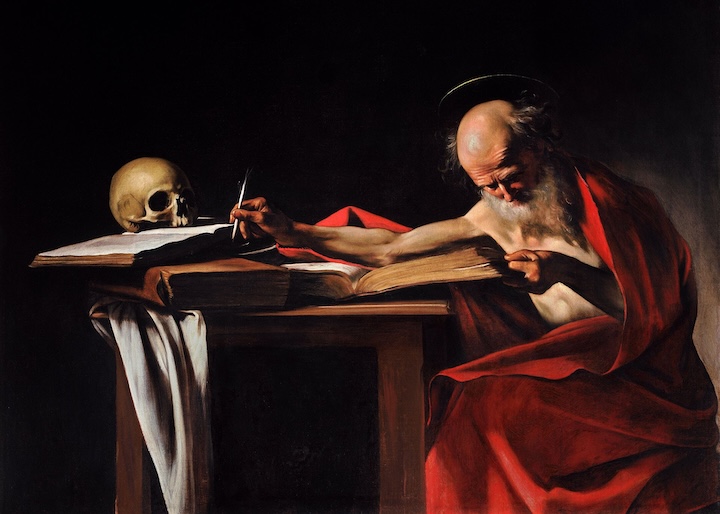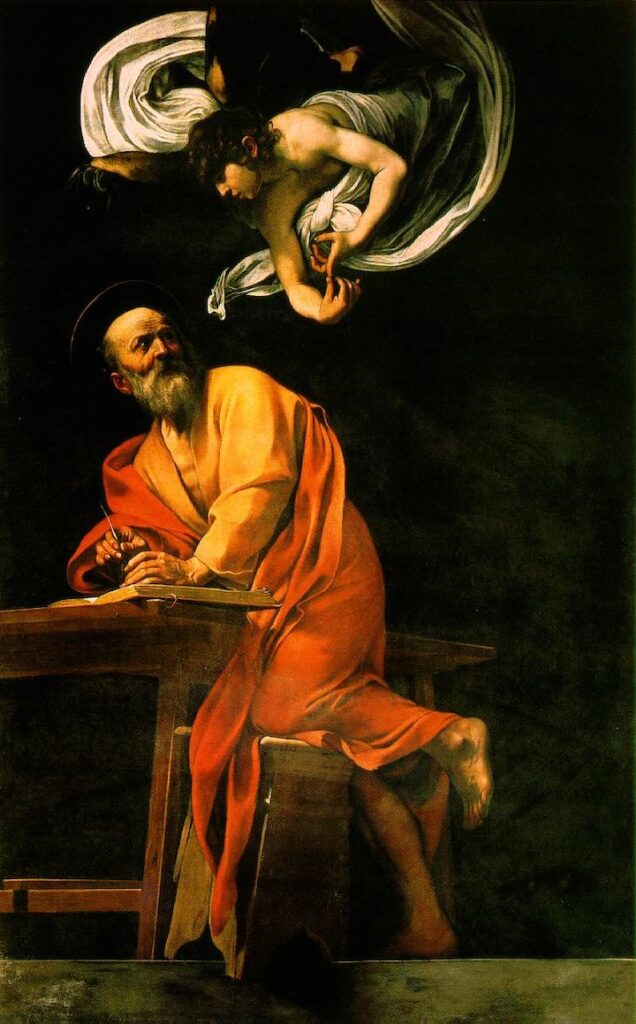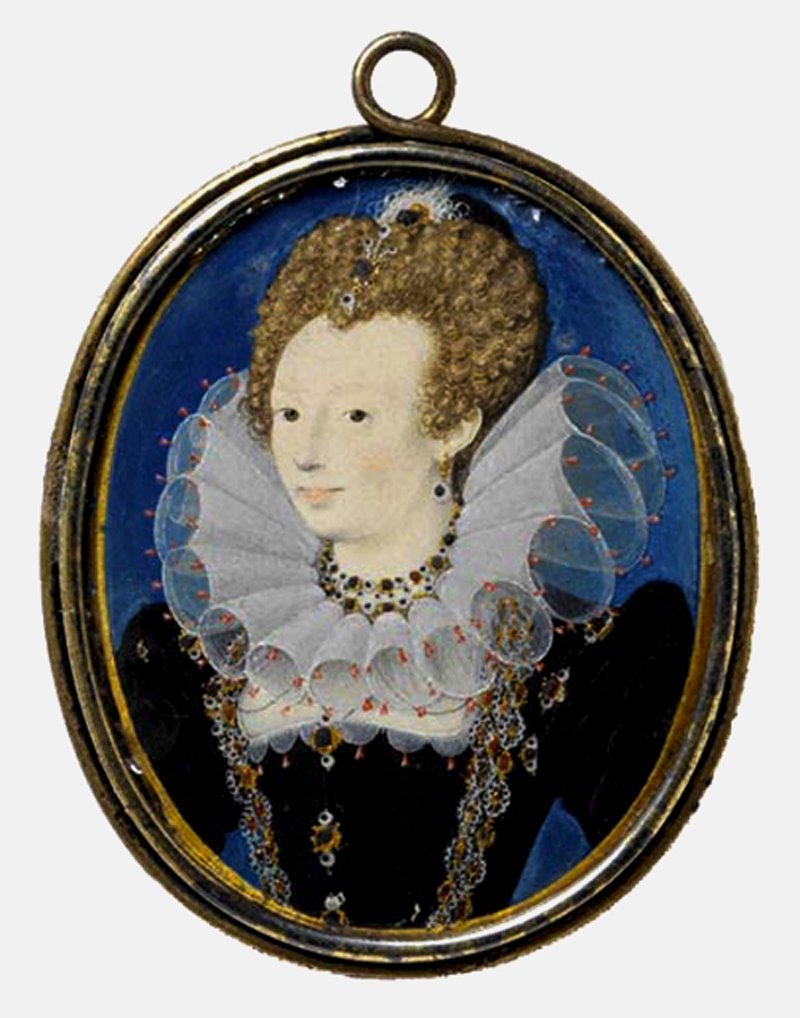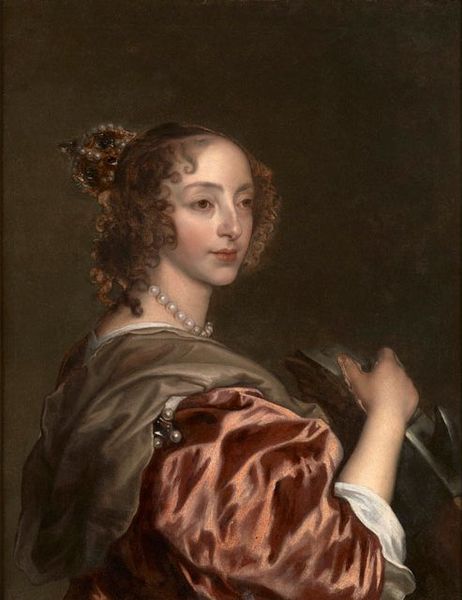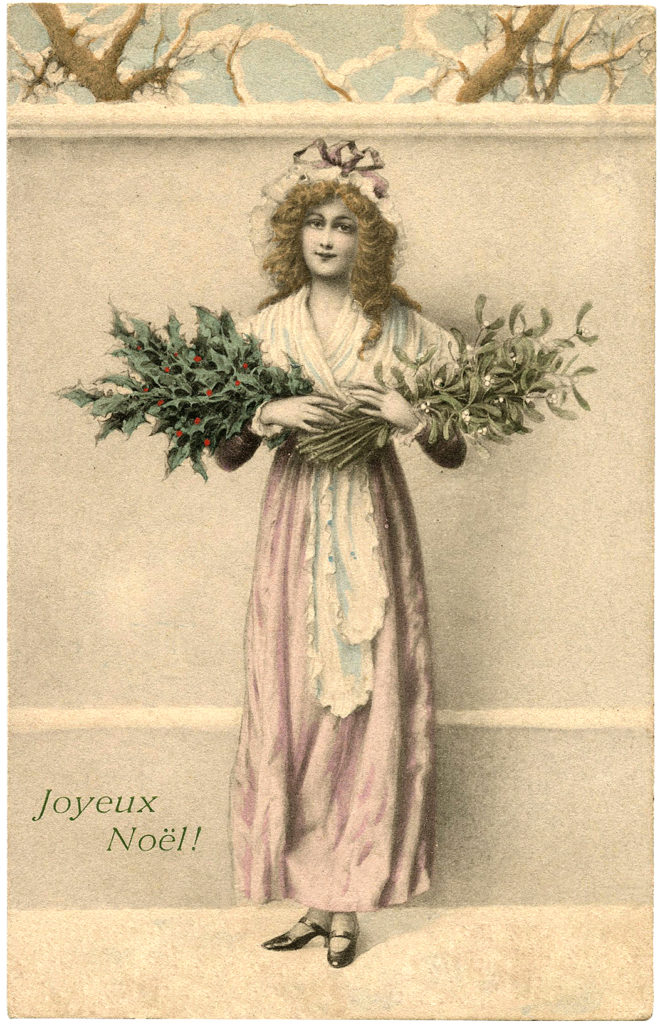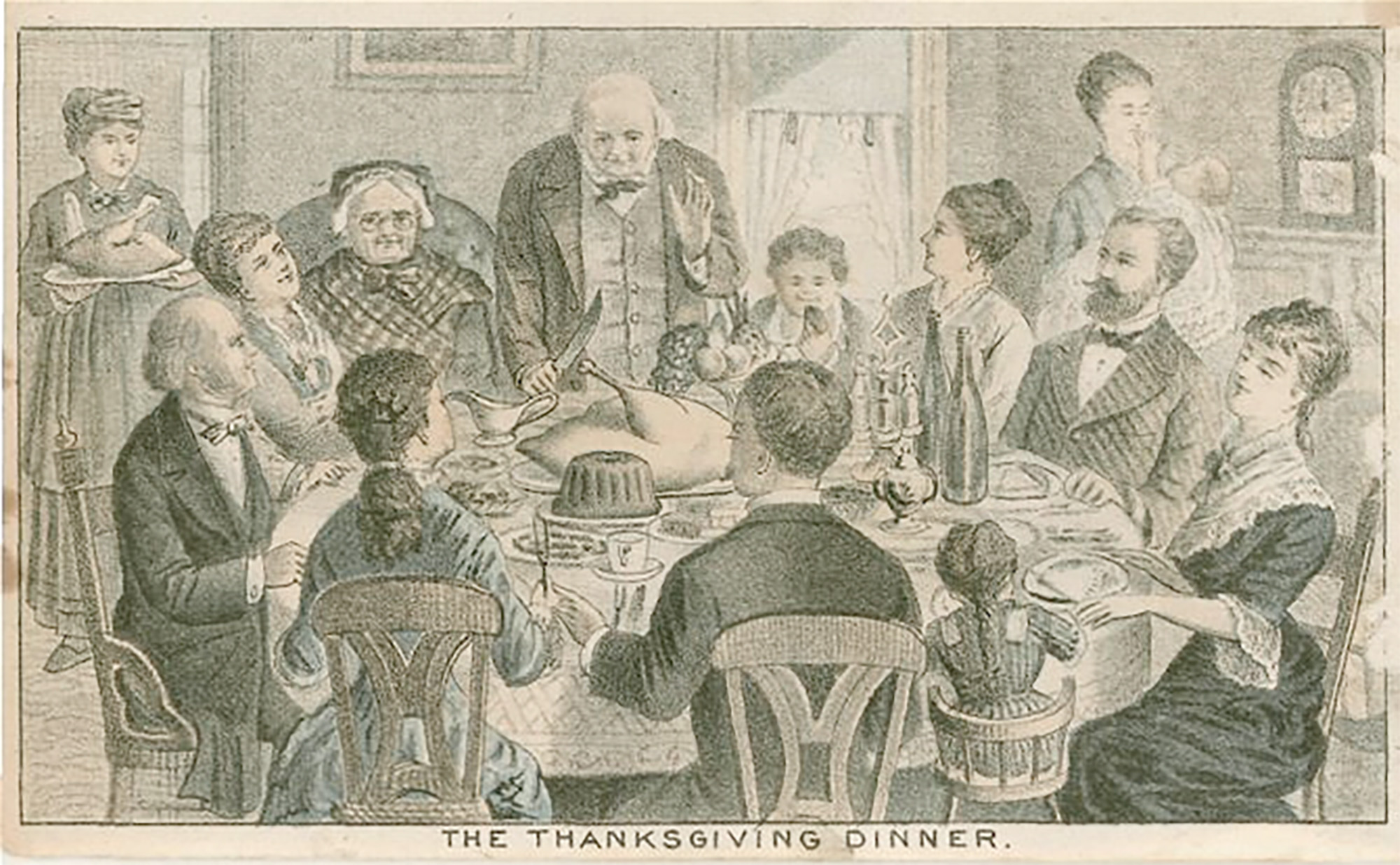It's very hard to do both, especially without a full-time nanny. But the economic realities of the present time leave many women with no alternative but to take a job, often outside the home. The women in this article are coming from a background which permits many to work from home, and computers make that possible. Let us remember that throughout history women have always sought employment outside their families, even married woman with children, running farms, shops, trades, restaurants, inns and working as maids, housekeepers, nannies, nursery maids, and ladies-in-waiting to queens and princesses. They even had their own guilds in the Middle Ages, such as the Spinsters' Guild. From The Public Discourse:
I didn’t really have a career plan.
After we got married we moved to Taiwan for our first year of marriage,
and then we moved back to Colorado so my husband could go to seminary. I
worked at a Chinese adoption agency, and loved it, and realized that I
loved working in an office. And when I got pregnant with my first, I was
really at a crossroads. I knew I wanted to be a full-time mom, but I
also wanted to work. And I was like, “I just want to do both. How can I
do both? How can I be a full-time mom and work?” And I realized I
couldn’t do both, but I really, really thought for a long time, “What do
I do? Do I mother during the day and work at night?” But ultimately I
got to the point where I said, something’s got to give.
And I chose the kid. It was a good
choice, but I mourned. I mourned. I probably had dreams for the next
year and a half of my bosses at the adoption agency coming back and
begging me to start an office in my house because I loved working.
So I didn’t ever think I was going to
go back to work. I think I kind of believed the feminist lie that once
you’re out of the workforce, that’s it, it’s over, you can’t take a
break—and
I didn’t have any plans of working. I was really involved in our
church. We ended up having three biological kids. We adopted our
youngest about twelve years ago, and that was a very emotionally
demanding process for several years after we had him. So a lot of my
focus was going towards mom life, and I didn’t try to move back into the
workforce. I just got really, really angry. I got angry at what was
happening in the world, and I thought, somebody needs to say something
about X, Y, and Z. So I just slowly started writing on my own. And then,
interestingly, with every new bit of independence and self-reliance and
self-governance that my kids reached, slowly, work would start to fill
in those spaces.
And so now I’m at the place where
I’ve got one kid in college, I’ve got three kids at home, and like
April, I wake up at about 4:30, knock out at least two and a half hours
of work before everybody wakes up, put on the apron, serve the
breakfast, kiss the faces, slam the door, work like crazy, get up, go
pick the kids up from school, come home, and then work on top of
everything else. I work in line at the grocery store, dictate e-mails
while I’m on the stair-stepper at the gym, or just tell people if I’m
having a staff meeting, “FYI, I’m going to be roasting vegetables.” And
that’s kind of how it rolls for me. The good news about having an office
at home is I clean and cook and do a lot of the household care and
mothering care on top of my work life. So that’s kind of how it all gets
done: two things at once all the time. (Read more.)
Share
 During Christmastide it is helpful to see the example of Queen Marie-Antoinette, who made the needs of the poor a priority, especially in the cold of winter. For Marie-Antoinette, this was nothing extraordinary, but the basic duty of a Christian. While surfing the internet, it is all too common to see Marie-Antoinette characterized as someone who ignored the plight of the poor. Nothing could be further from the truth. Her charities were quite extensive and are a matter of public record. She also took great care to instill a love of the needy in her children. At Christmastime, during a particularly brutal winter, the queen had them renounce their Christmas gifts in order to buy food and blankets for the destitute. As Maxime de La Rocheterie relates:
During Christmastide it is helpful to see the example of Queen Marie-Antoinette, who made the needs of the poor a priority, especially in the cold of winter. For Marie-Antoinette, this was nothing extraordinary, but the basic duty of a Christian. While surfing the internet, it is all too common to see Marie-Antoinette characterized as someone who ignored the plight of the poor. Nothing could be further from the truth. Her charities were quite extensive and are a matter of public record. She also took great care to instill a love of the needy in her children. At Christmastime, during a particularly brutal winter, the queen had them renounce their Christmas gifts in order to buy food and blankets for the destitute. As Maxime de La Rocheterie relates:






